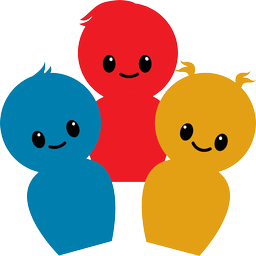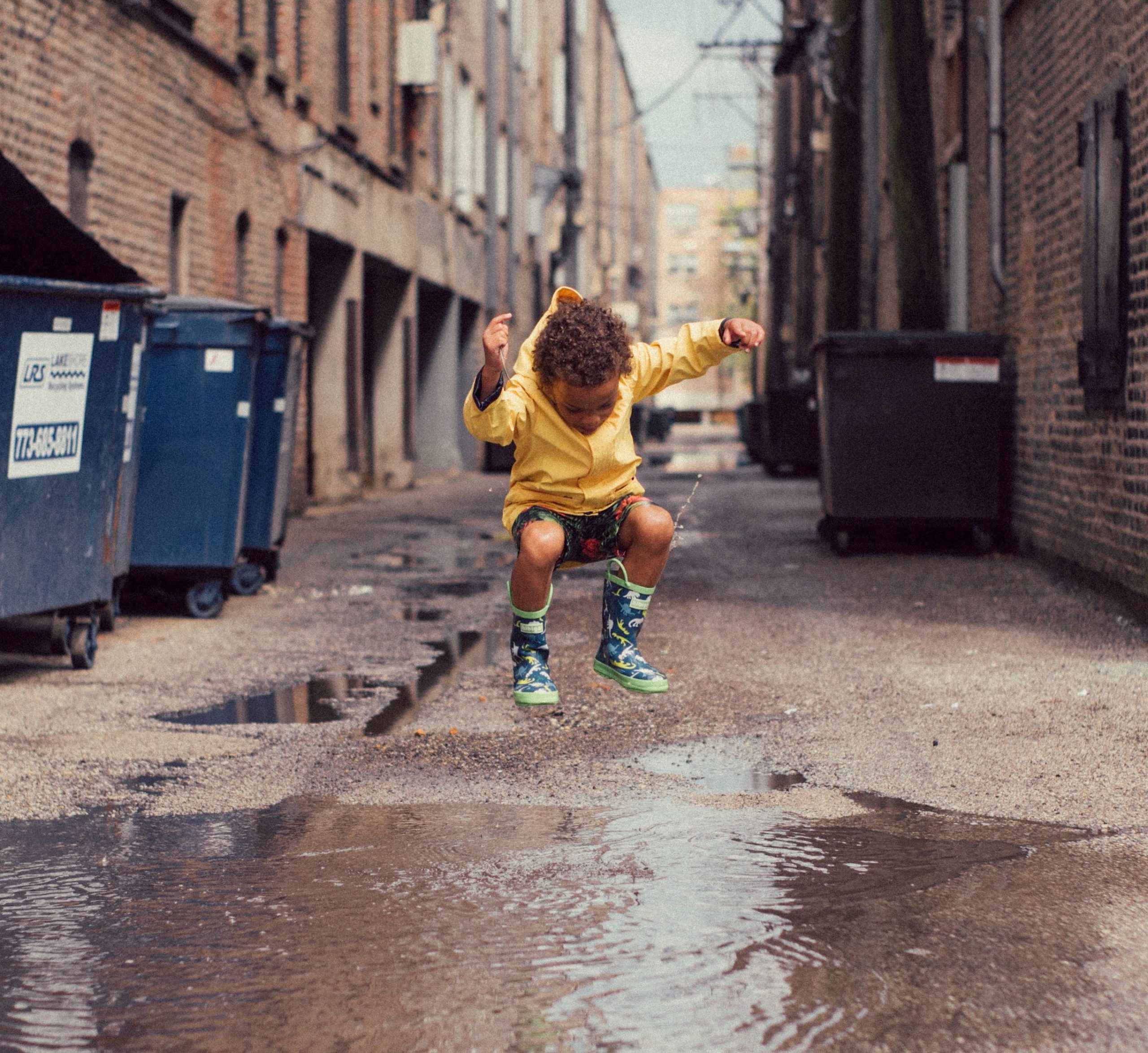Areas it develops: getting familiar with different materials, learning about the world, perception, cause-effect relations, fine motor-skills, using of tools.
This game can be played in pairs which also helps with cooperation, being active together and communication.
Water is everywhere in our lives and therefore in the kids’ lives and interestingly we can find it in different phases of matter, with completely different functions. It can be a natural force but humans can easily manipulate it too. With this game children can experience the changes in water in a fun and exciting way.
We may come across children who exceptionally enjoy playing with water, but there are kids too who don’t like to touch wet, cold things. We provide tips on both behaviours in the description.







